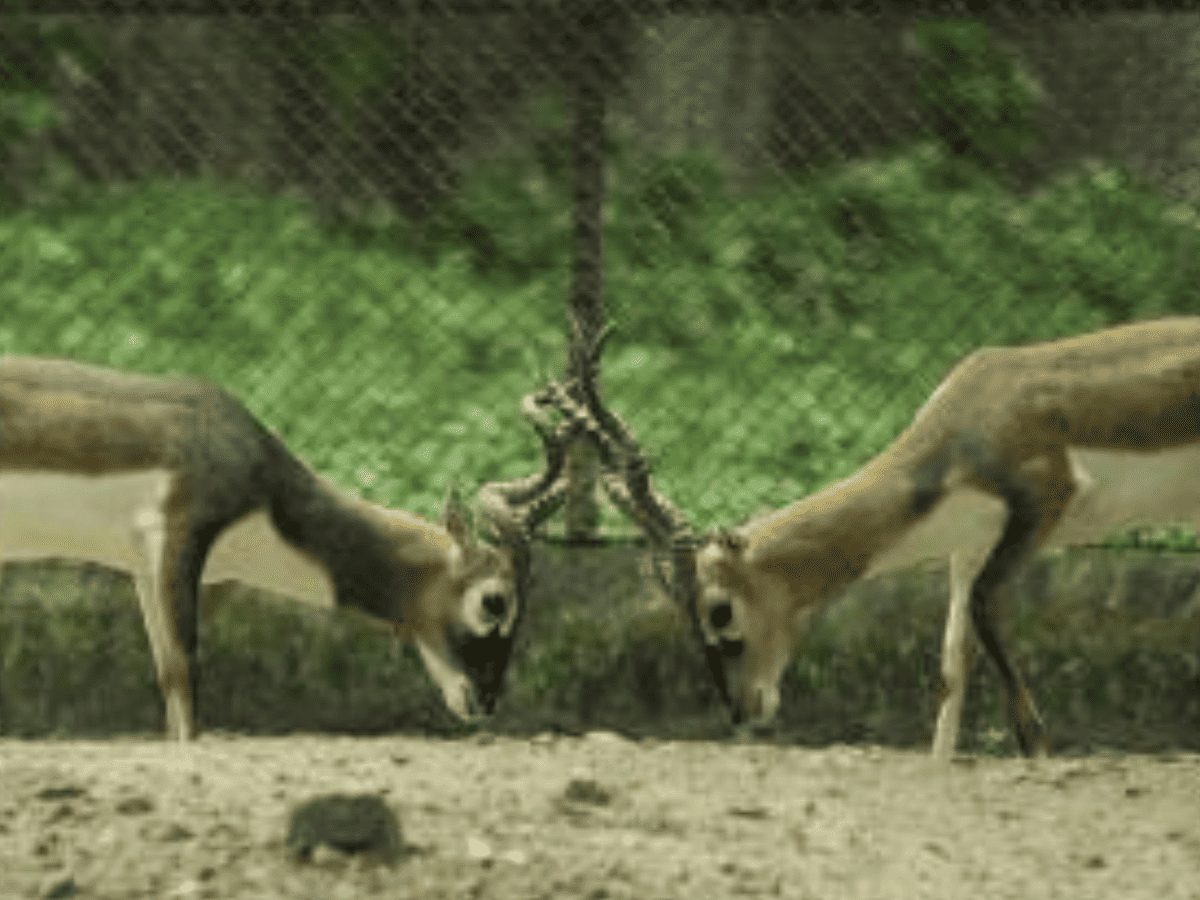
Chandigarh: Haryana Forest and Environment Minister Kanwar Pal on Wednesday said 187 acres of Nuclear Power Corporation of India (NPCIL) in Fatehabad district would soon be transferred to the Forest Department for conservation of black bucks.
The black buck habitat would be the first owned habitat by the state government, he said while presiding over a meeting here.
He said that the black buck is the state animal and Badopal village of Fatehabad is its natural habitat.
He also appreciated the local Bishnoi community for conserving the animal in the wild.
At the meeting, the minster was apprised that decks have been cleared for the setting up of the Forest Research Institute in Yamunanagar, and land from the Development and Panchayats Department would soon be transferred to the Forest Department for this purpose.
The minister said the setting up of the institute would give further impetus to plywood industries, particularly in Yamunanagar-Jagadhri, the twin towns that are hub of plywood and related industries from where products are supplied worldwide.
At present, most of the forest-related research in the region is being done by the Forest Research Institute Deemed University in Dehradun.
Pal also reviewed the progress of tree plantation in Haryana. He directed the officers to expedite the plantation work so as to achieve the target of planting 2.25 crore saplings by 2023-24.
He said besides planting saplings, it is also necessary to nurture and conserve the plants.
The minister directed the officers to review and enhance the amount of fines to be imposed on illegal razing of trees under the purview of the Forest Department. He said it is high time to review the fine amount which is still continuing as per the Punjab Land Preservation Act.

